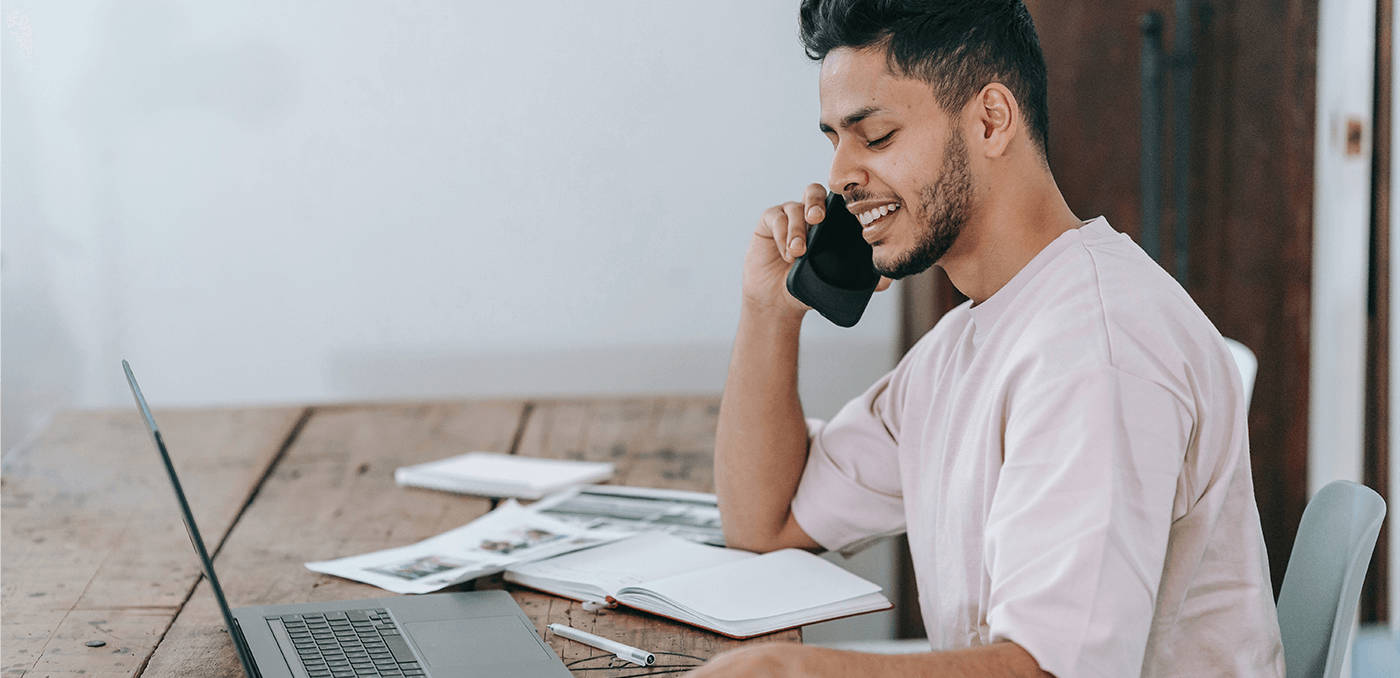
How to keep self-employed accounts
If you’re unsure about which accounts you need to keep as a self-employed person, don’t worry. We explain which records you need and how to keep them.
What accounting records do I need to keep?
When you’re self-employed, you’re required to keep information on your business income and expenses for HMRC. You also need to have records of your personal income. If you’re a limited company, you need to keep different records.
Find out more about record keeping for sole traders and limited companies here.
How to keep your self-employed accounts
Before you start keeping your accounts, you’ll need to choose an accounting method. There are two different accounting methods you can choose from.
Accrual (invoice) accounting means that both revenue and expenses are recorded before money is paid, for example when the invoice is sent or received.
Cash accounting means you only record the invoice or supplier invoice on the day when the payment is actually made. This method is only available to sole traders with a turnover of under £150,000.
There are pros and cons to both methods, and you can choose whichever suits your business best.
Find out more about choosing an accounting method here.
Record your transactions regularly
The first step to keeping your self-employed accounts is recording your transactions. Regularly recording transactions means your accounts will always be up to date. The easiest way to record transactions is by using online accounting software with a bank feeds feature.
Bank feeds connect your bank account to your accounting software so all your transactions are automatically imported. All you need to do is record them. Features like recording multiple transactions at once and automatically matching similar transactions saves you even more time. Bank feeds mean you’re less likely to forget transactions and miss something important.
Find out more about bank feeds here.
Choose the right account
When you keep accounts you are recording your transactions using the chart of accounts. The chart of accounts is a list of the accounts used in bookkeeping. Each transaction needs to be recorded in the right account depending on what type it is.
Learning the chart of accounts can be complicated. Bokio accounting software makes it simple by using smart bookkeeping templates that help you record your transactions in the right account, without needing to learn anything.
Find out more about the chart of accounts here.
Send and record invoices
You don’t just need to record transactions but invoices too. When you send your invoices make sure to record both the invoice and the payments in your accounting. If you use the accrual accounting method make sure to remember to record your invoice when you send it.
The easiest way to make sure you’re recording your invoices correctly is by using accounting software with integrated invoicing like Bokio. You can simply send your invoice and record it in your accounting without needing to switch between software.
Don’t forget supplier invoices
If you’re using the accrual method, you’ll also need to record supplier invoices when you receive them.
Find out more about supplier invoices here.
Do your accounting with Bokio
Bokio is a simple way to do your accounting, invoicing and more online. Our software takes you through the process step by step, with time saving features like automated bank feeds, smart bookkeeping templates and integrated invoicing. If you need help with your accounting, you can invite your accountant or colleagues to work together in Bokio.
This article was updated June 2022

